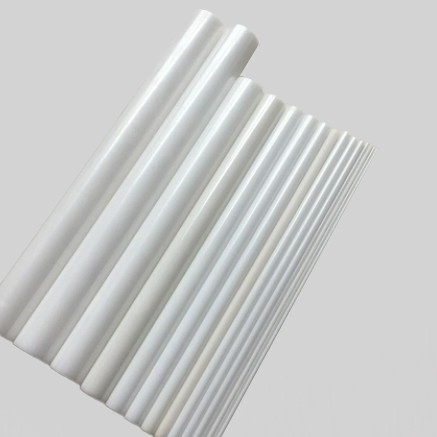
fine ceramics
Precision Machined Yttrium Stabilized Zirconia Ceramic Rod for Engineering Advanced Fine Ceramics
Item Number : KM-G01
Price varies based on specs and customizations
- Material
- Zirconia
- Specification
- See the form
- Size
- Customizable
Shipping:
Contact us to get shipping details Enjoy On-time Dispatch Guarantee.
Why Choose Us
Reliable PartnerEasy ordering process, quality products, and dedicated support for your business success.
Application
Zirconia ceramics, also known as zirconia (ZrO2) ceramics, is a new type of high-tech ceramics, which has the highest room temperature toughness and strength among all advanced ceramic materials. Zirconia ceramic rods are prepared by isostatic pressing, and a uniform, dense and smooth ceramic layer and transition layer are formed at high temperature and high speed. Due to its advanced production technology and high cost, it is suitable for precision ceramic parts, and its wear resistance is better than that of ceramic rods generally used as high wear-resistant materials. The metallization of zirconia ceramic rods is to paste the ceramic rods on the inner wall of the metal, which has high temperature resistance and strong adhesion, and forms a solid anti-wear layer after heating and curing. It also has excellent thermal insulation and low thermal conductivity, corrosion resistance, and good chemical stability.
- Thermal Insulation: Zirconia rods are used as high temperature furnace elements and electrical insulators.
- Medical and Dental Implants: They find application in the field of medical and dental implants as well as cosmetics.
- Cutting Tools, Abrasives and Grinding Media: Zirconia rods are used in machining, drilling and grinding applications as cutting tools, abrasives and grinding media.
- Wear-resistant parts: used in the manufacture of wear-resistant parts for the automotive and aerospace industries.
- Energy Storage Devices: Zirconia rods are used in advanced fuel cells and other energy storage devices.
- Corrosion Resistant Applications: Suitable for pumps, valves and other applications requiring corrosion resistance.
- Catalyst: Zirconia rods can be used as catalysts for various chemical reactions.
- Auto parts: Applied to auto parts such as fuel injectors and spark plugs, it helps to improve performance and efficiency.
Detail & Parts
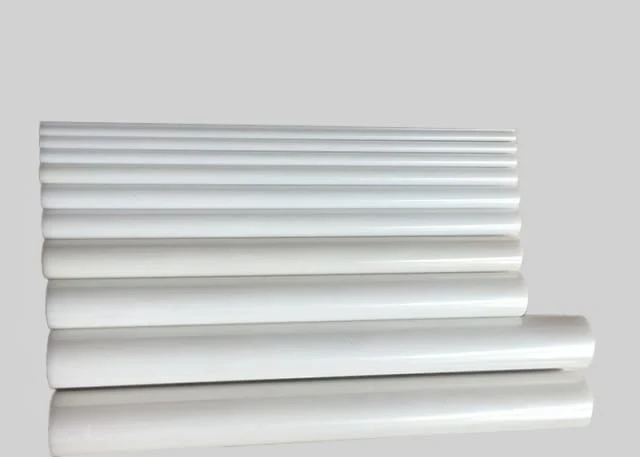
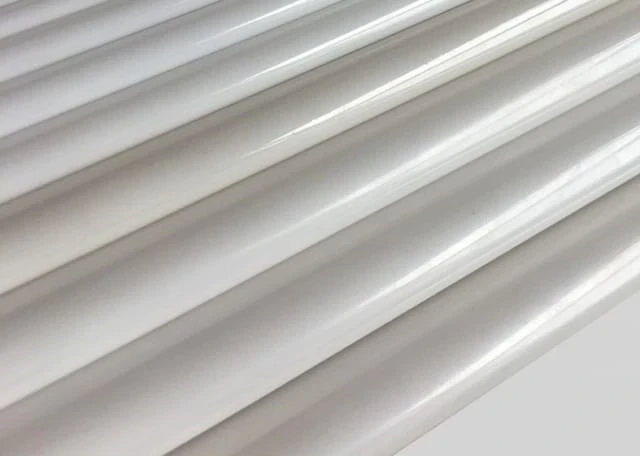
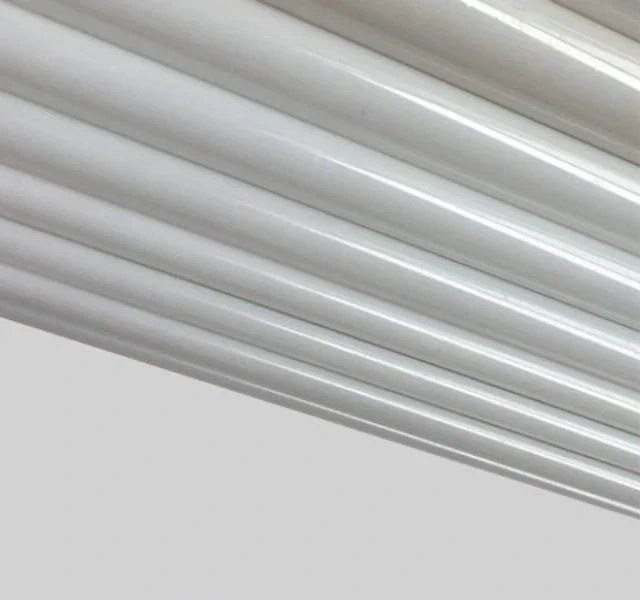
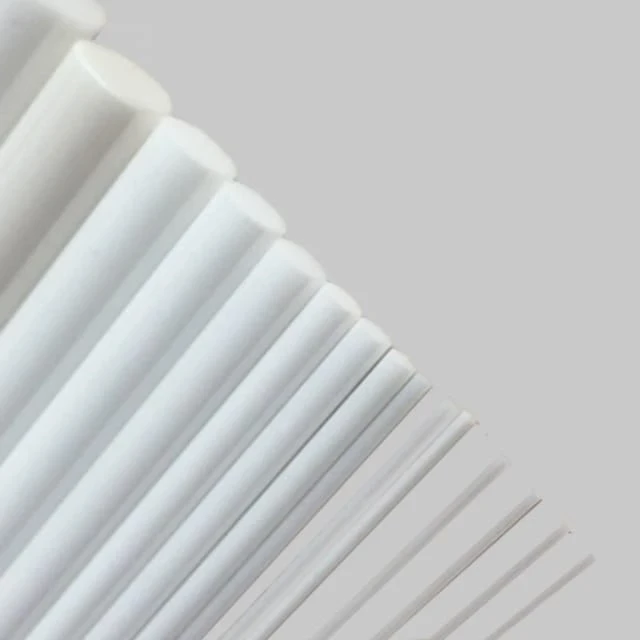
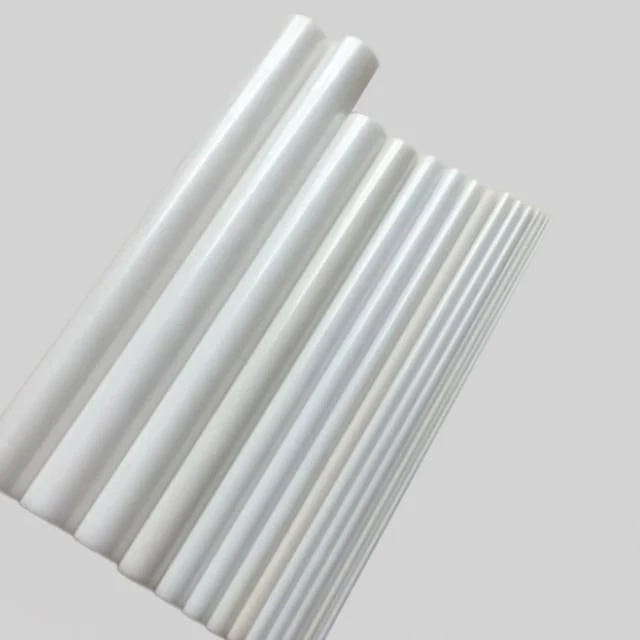
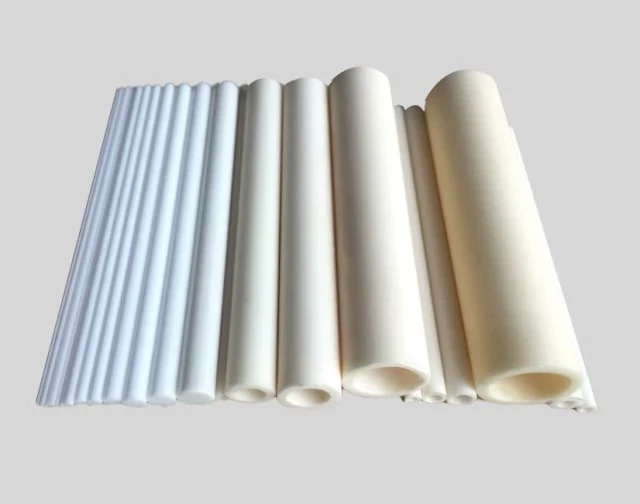
Technical specifications
| 0.2*100mm | 0.7*100mm | 1.2*100mm | 2.5*100mm | 8*100mm | 15*115mm |
| 0.3*100mm | 0.8*100mm | 1.5*100mm | 3*100mm | 10*100mm | 16*115mm |
| 0.4*100mm | 0.9*100mm | 1.6*100mm | 4*100mm | 12*100mm | 18*115mm |
| 0.5*100mm | 1*100mm | 1.8*100mm | 5*100mm | 13*115mm | 20*115mm |
| 0.6*100mm | 1.1*100mm | 2*100mm | 6*100mm | 14*115mm | 22*200mm |
The produce we show are available in different sizes and custom sizes are available on request.
Advantages
- Excellent strength and toughness.
- They exhibit high corrosion resistance, allowing them to withstand extreme temperatures and exposure to chemicals.
- Excellent abrasion resistance.
- Low thermal expansion.
- Good chemical stability, showing high stability in the presence of acid and alkali solutions.
- Good electrical insulation properties, suitable for electrical components and equipment.
FAQ
What Are Advanced Ceramics?
What Are Engineering Ceramics?
What Are The Main Applications Of Fine Ceramics?
What Are The Main Types Of Advanced Ceramics?
What Are The Main Types Of Engineering Ceramics?
What Are The Main Types Of Fine Ceramics?
What Are The Applications Of Advanced Ceramics?
What Are The Applications Of Engineering Ceramics?
What Is The Principle Behind Fine Ceramics?
How Are Advanced Ceramics Manufactured?
How Do Engineering Ceramics Differ From Traditional Ceramics?
What Are The Advantages Of Using Fine Ceramics?
What Are The Advantages Of Using Advanced Ceramics?
What Are The Advantages Of Using Alumina Ceramics?
What Is The Difference Between Alumina And Zirconia Ceramics?
Why Are Zirconia Ceramics Preferred In Certain Applications?
Why Are Silicon Carbide Ceramics Used In High-temperature Applications?
What Makes Silicon Carbide Ceramics Suitable For High-temperature Applications?
What Makes Boron Nitride Ceramics Unique?
How Are Boron Nitride Ceramics Used In Electronics?
How Do Advanced Ceramics Contribute To Energy Efficiency?
What Is The Manufacturing Process Of Engineering Ceramics?
Can Engineering Ceramics Be Customized For Specific Applications?
4.8
out of
5
I bought Zirconia Ceramic Rod for my lab and found it to be an excellent product. The quality is top-notch, and the delivery was faster than I expected.
4.9
out of
5
I have been using Zirconia Ceramic Rod for over a year now and can say that it is a great product. It is durable, reliable, and easy to use.
4.7
out of
5
I am impressed with the quality of Zirconia Ceramic Rod. It is well-made and has met all my expectations.
4.8
out of
5
I am very satisfied with my purchase of Zirconia Ceramic Rod. It is a valuable addition to my lab equipment.
4.9
out of
5
I highly recommend Zirconia Ceramic Rod to anyone looking for a high-quality product. It is a great value for the price.
4.7
out of
5
I am very happy with my purchase of Zirconia Ceramic Rod. It is a great product that has helped me improve my laboratory efficiency.
4.8
out of
5
I am very satisfied with the quality and performance of Zirconia Ceramic Rod. It is a great product that I would highly recommend.
4.9
out of
5
Zirconia Ceramic Rod is an excellent product that has exceeded my expectations. It is well-made, durable, and easy to use.
4.7
out of
5
I am very impressed with Zirconia Ceramic Rod. It is a high-quality product that is worth the investment.
4.8
out of
5
I am very happy with my purchase of Zirconia Ceramic Rod. It is a great product that has helped me save time and money.
4.9
out of
5
I highly recommend Zirconia Ceramic Rod to anyone looking for a reliable and durable product. It is a great value for the price.
4.7
out of
5
I am very satisfied with the quality and performance of Zirconia Ceramic Rod. It is a great product that I would highly recommend.
4.8
out of
5
I am very happy with my purchase of Zirconia Ceramic Rod. It is a great product that has helped me improve my laboratory efficiency.
4.9
out of
5
Zirconia Ceramic Rod is an excellent product that has exceeded my expectations. It is well-made, durable, and easy to use.
4.7
out of
5
I am very impressed with Zirconia Ceramic Rod. It is a high-quality product that is worth the investment.
4.8
out of
5
I am very happy with my purchase of Zirconia Ceramic Rod. It is a great product that has helped me save time and money.
4.9
out of
5
I highly recommend Zirconia Ceramic Rod to anyone looking for a reliable and durable product. It is a great value for the price.
4.7
out of
5
I am very satisfied with the quality and performance of Zirconia Ceramic Rod. It is a great product that I would highly recommend.
REQUEST A QUOTE
Our professional team will reply to you within one business day. Please feel free to contact us!
Related Products
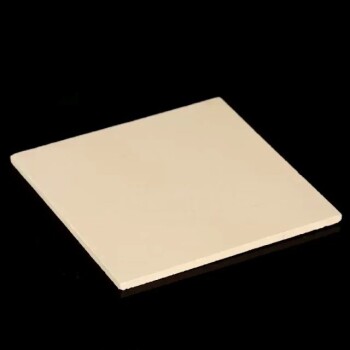
Precision Machined Yttria Stabilized Zirconia Ceramic Plate for Engineering Advanced Fine Ceramics
Yttrium-stabilized zirconia has the characteristics of high hardness and high temperature resistance, and has become an important material in the field of refractories and special ceramics.

Precision Machined Zirconia Ceramic Ball for Engineering Advanced Fine Ceramics
zirconia ceramic ball have the characteristics of high strength, high hardness, PPM wear level, high fracture toughness, good wear resistance, and high specific gravity.
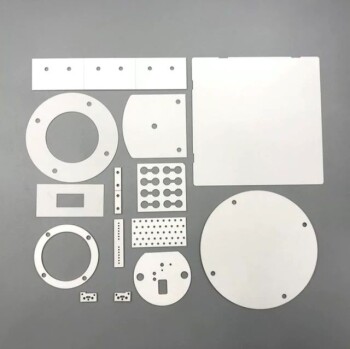
Alumina ceramics have good electrical conductivity, mechanical strength and high temperature resistance, while zirconia ceramics are known for their high strength and high toughness and are widely used.
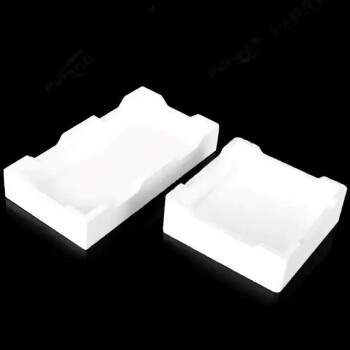
Advanced Engineering Fine Ceramics Alumina Ceramic Saggar for Fine Corundum
Alumina sagger products have the characteristics of high temperature resistance, good thermal shock stability, small expansion coefficient, anti-stripping, and good anti-powdering performance.
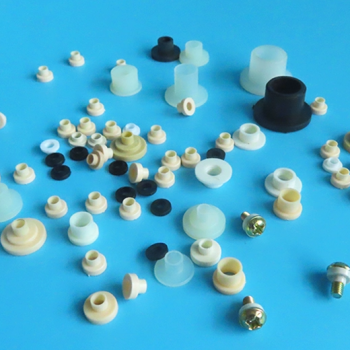
Zirconia Ceramic Gasket Insulating Engineering Advanced Fine Ceramics
Zirconia insulating ceramic gasket has high melting point, high resistivity, low thermal expansion coefficient and other properties, making it an important high temperature resistant material, ceramic insulating material and ceramic sunscreen material.
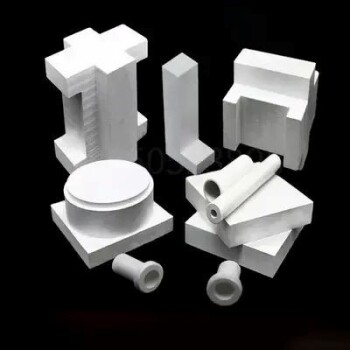
Advanced Engineering Fine Ceramics Boron Nitride (BN) Ceramic Parts
Boron nitride ((BN) is a compound with high melting point, high hardness, high thermal conductivity and high electrical resistivity. Its crystal structure is similar to graphene and harder than diamond.
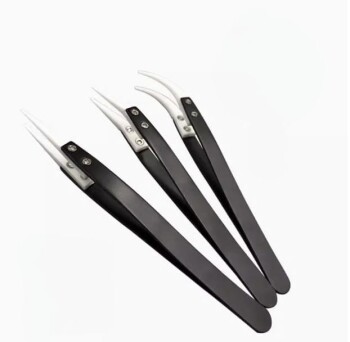
Engineering Advanced Fine Ceramics Head Tweezers with Pointed Elbow Zirconia Ceramic Tip
Zirconia ceramic tweezers are a high-precision tool made of advanced ceramic materials, especially suitable for operating environments that require high precision and corrosion resistance. This type of tweezers not only has excellent physical properties, but is also popular in the medical and laboratory fields because of its biocompatibility.
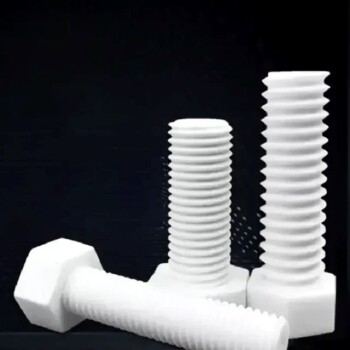
Alumina ceramic screws are fastening components made of 99.5% alumina, ideal for extreme applications requiring excellent thermal resistance, electrical insulation and chemical resistance.
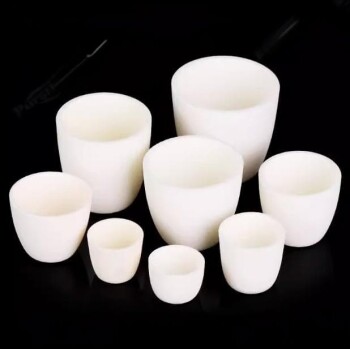
In the journey of scientific exploration and industrial production, every detail is crucial. Our arc-shaped alumina ceramic crucibles, with their excellent high temperature resistance and stable chemical properties, have become a powerful assistant in laboratories and industrial fields. They are made of high-purity alumina materials and manufactured through precision processes to ensure excellent performance in extreme environments.
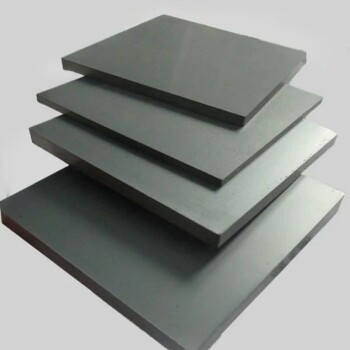
Silicon Carbide (SIC) Ceramic Plate for Engineering Advanced Fine Ceramics
Silicon nitride (sic) ceramic is an inorganic material ceramic that does not shrink during sintering. It is a high-strength, low-density, high-temperature-resistant covalent bond compound.
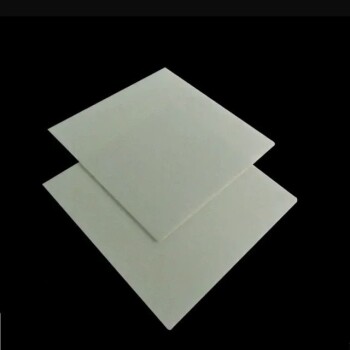
Precision Machined Silicon Nitride (SiN) Ceramic Sheet for Engineering Advanced Fine Ceramics
Silicon nitride plate is a commonly used ceramic material in the metallurgical industry due to its uniform performance at high temperatures.
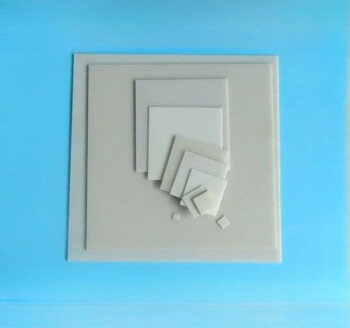
Advanced Engineering Fine Ceramics Aluminum Nitride (AlN) Ceramic Sheet
Aluminum nitride (AlN) has the characteristics of good compatibility with silicon. It is not only used as a sintering aid or reinforcing phase for structural ceramics, but its performance far exceeds that of alumina.

Alumina wear-resistant ceramic washer are used for heat dissipation, which can replace aluminum heat sinks, with high temperature resistance and high thermal conductivity.
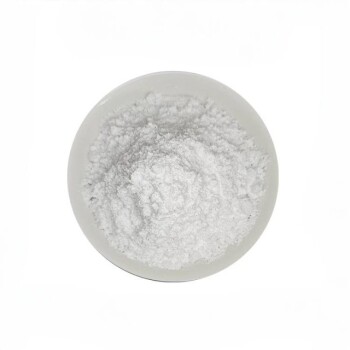
Advanced Engineering Fine Ceramics Low Temperature Alumina Granulation Powder
Low temperature alumina granulation powder is a kind of alumina particles produced by a special low temperature process, designed to meet the needs of temperature sensitive applications. This material has excellent low temperature performance and good processing characteristics, suitable for a variety of industries that require low temperature processing and treatment.
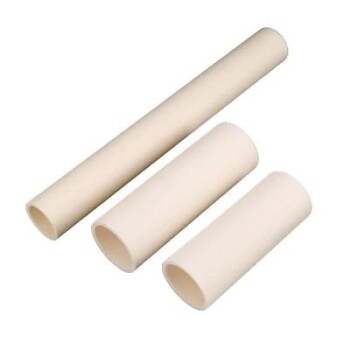
High Temperature Alumina (Al2O3) Furnace Tube for Engineering Advanced Fine Ceramics
High temperature alumina furnace tube combines the advantages of high hardness of alumina, good chemical inertness and steel, and has excellent wear resistance, thermal shock resistance and mechanical shock resistance.
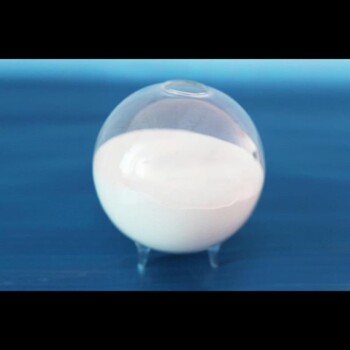
High Purity Alumina Granulated Powder for Engineering Advanced Fine Ceramics
Ordinary alumina granulated powder is alumina particles prepared by traditional processes, with a wide range of applications and good market adaptability. This material is known for its high purity, excellent thermal stability and chemical stability, and is suitable for a variety of high-temperature and conventional applications.
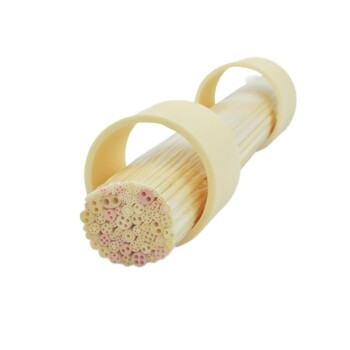
High Temperature Aluminum Oxide (Al2O3) Protective Tube for Engineering Advanced Fine Ceramics
Alumina oxide protective tube, also known as high temperature resistant corundum tube or thermocouple protection tube, is a ceramic tube mainly made of alumina (aluminum oxide).
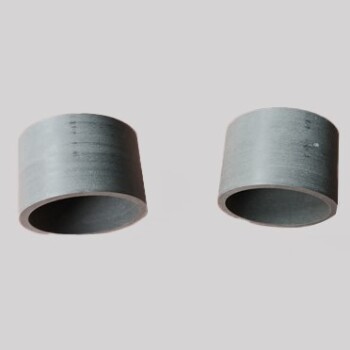
Conductive Boron Nitride BN Ceramics Composite for Advanced Applications
Due to the characteristics of boron nitride itself, the dielectric constant and dielectric loss are very small, so it is an ideal electrical insulating material.

Dental Porcelain Zirconia Sintering Ceramic Furnace Chairside with Transformer
Experience top-notch sintering with Chairside Sintering Furnace with Transformer. Easy to operate, noise-free pallet, and automatic temperature calibration. Order now!
Related Articles

The Latest Advancements in Zirconia Sintering Furnaces for Dental Applications
Zirconia sintering furnaces are designed to give dental professionals the ability to create dental restorations with the highest level of precision and accuracy.

Understanding the Process and Benefits of Zirconia Ceramic Cold Isostatic Pressing
Cold Isostatic Pressing (CIP) is a fascinating process that offers numerous benefits in the field of ceramic manufacturing. CIP involves the use of a high-pressure pump to generate isotropic uniform pressure on a ceramic material. The resulting uniform pressure distribution leads to enhanced density and high strength of the final product.

Top 5 Features of a High-Quality Zirconia Sintering Oven
Investing in a high-quality sintering oven is crucial for dental laboratories that want to produce high-quality zirconia restorations consistently.

Isostatic Pressing of Ceramics: Process and Precision
When it comes to producing high-quality ceramic components, one of the most crucial processes is isostatic pressing. This technique ensures the uniformity and precision required for manufacturing ceramics used in various industries. Isostatic pressing involves carefully selecting the pressing powders and controlling the tools to achieve the desired uniformity. By understanding the process of isostatic pressing, manufacturers can ensure the production of ceramics that meet the strict standards of dimensional accuracy and performance.

Dos and don'ts during the installation of molybdenum disilicide (MoSi2) heating element
Precautions when installing MoSi2 heating elements

Understanding Cold Isostatic Pressing: Process, Advantages and Types
Cold Isostatic Pressing (CIP), also known as cold isostatic compaction, is a materials processing technique that involves subjecting a material to uniform pressure from all sides. This is achieved by immersing the material in a high-pressure fluid medium and applying hydraulic pressure. CIP is particularly effective for shaping and consolidating powdered materials, allowing for the creation of intricate shapes and achieving high green density.

Understanding Quartz Electrolytic Cells: Applications, Mechanisms, and Advantages
Explore the detailed workings, applications, and benefits of quartz electrolytic cells in various industries. Learn how these cells facilitate precise chemical reactions and their role in high-purity metal production.

Dental Furnaces The Perfect Solution for Porcelain Processing
The dental furnaces are designed explicitly for the firing process of dental porcelain, which is a crucial step in the dental restoration process.

Precautions for installing silicon carbide stick
Precautions for installing silicon carbide stic.

Comprehensive Overview of Zirconia Ceramic Materials
A detailed exploration of zirconia ceramics, including properties, history, preparation, molding, sintering, and applications.

Zirconia Ceramic Sintering Processes and Common Issues
An in-depth look at various sintering methods for zirconia ceramics and common problems encountered during the process.

Nine Precision Molding Processes of Zirconia Ceramics
An overview of nine advanced molding processes for zirconia ceramics, including dry and wet methods.